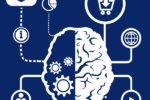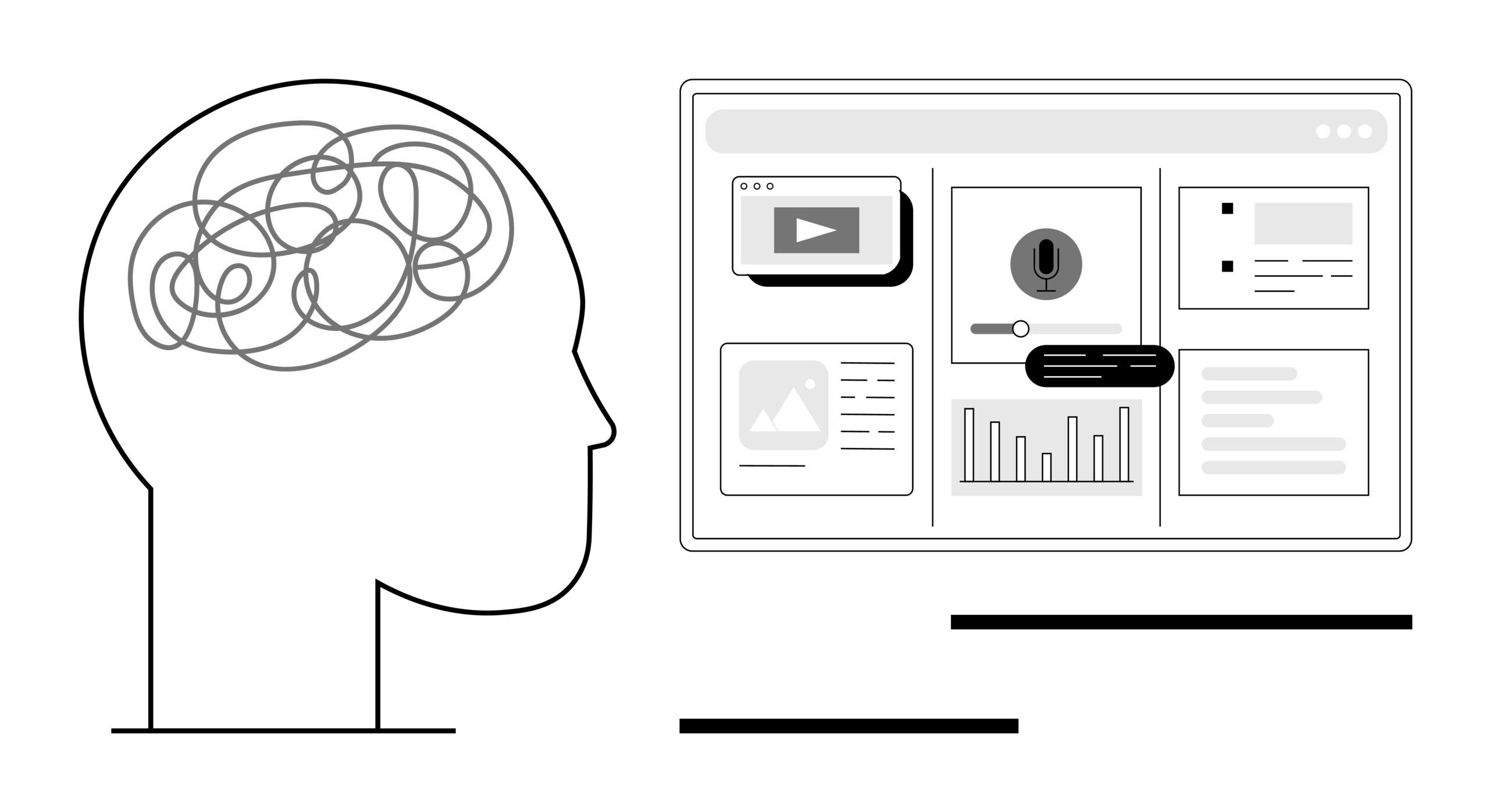 Advancing Leadership Through Science and Innovation Uniting Psychology and Neuroscience to Push the Boundaries of Leadership Assessment and Development Image: Courtesy of Korn Ferry Institute In this piece from Korn Ferry, Dr. Michael Platt, Director of the Wharton Neuroscience Initiative, explores how neuroscience can unlock new dimensions in leadership assessment…Read More
Advancing Leadership Through Science and Innovation Uniting Psychology and Neuroscience to Push the Boundaries of Leadership Assessment and Development Image: Courtesy of Korn Ferry Institute In this piece from Korn Ferry, Dr. Michael Platt, Director of the Wharton Neuroscience Initiative, explores how neuroscience can unlock new dimensions in leadership assessment…Read More Advancing Leadership Through Science and Innovation
 Advancing Leadership Through Science and Innovation Uniting Psychology and Neuroscience to Push the Boundaries of Leadership Assessment and Development Image: Courtesy of Korn Ferry Institute In this piece from Korn Ferry, Dr. Michael Platt, Director of the Wharton Neuroscience Initiative, explores how neuroscience can unlock new dimensions in leadership assessment…Read More
Advancing Leadership Through Science and Innovation Uniting Psychology and Neuroscience to Push the Boundaries of Leadership Assessment and Development Image: Courtesy of Korn Ferry Institute In this piece from Korn Ferry, Dr. Michael Platt, Director of the Wharton Neuroscience Initiative, explores how neuroscience can unlock new dimensions in leadership assessment…Read More 








